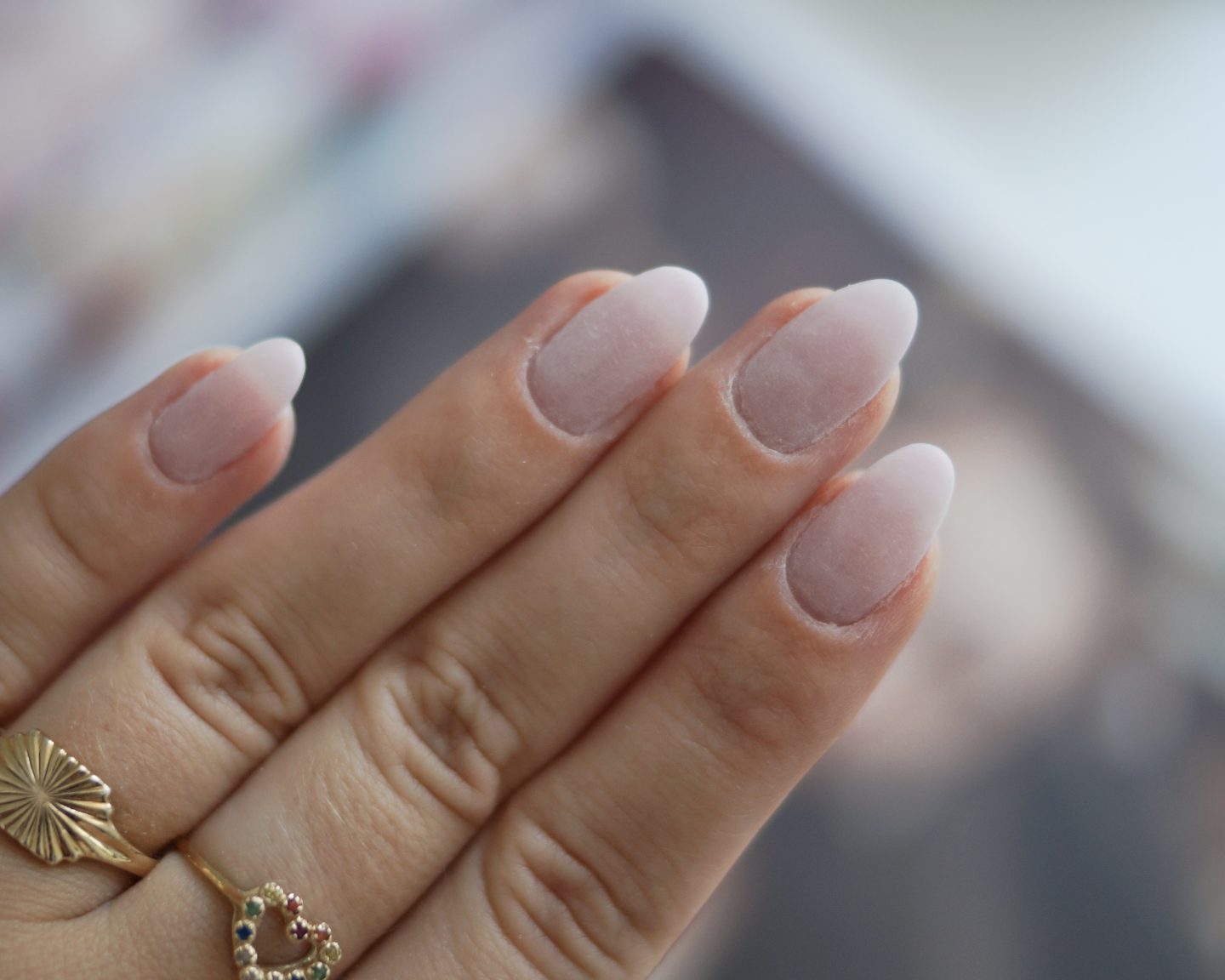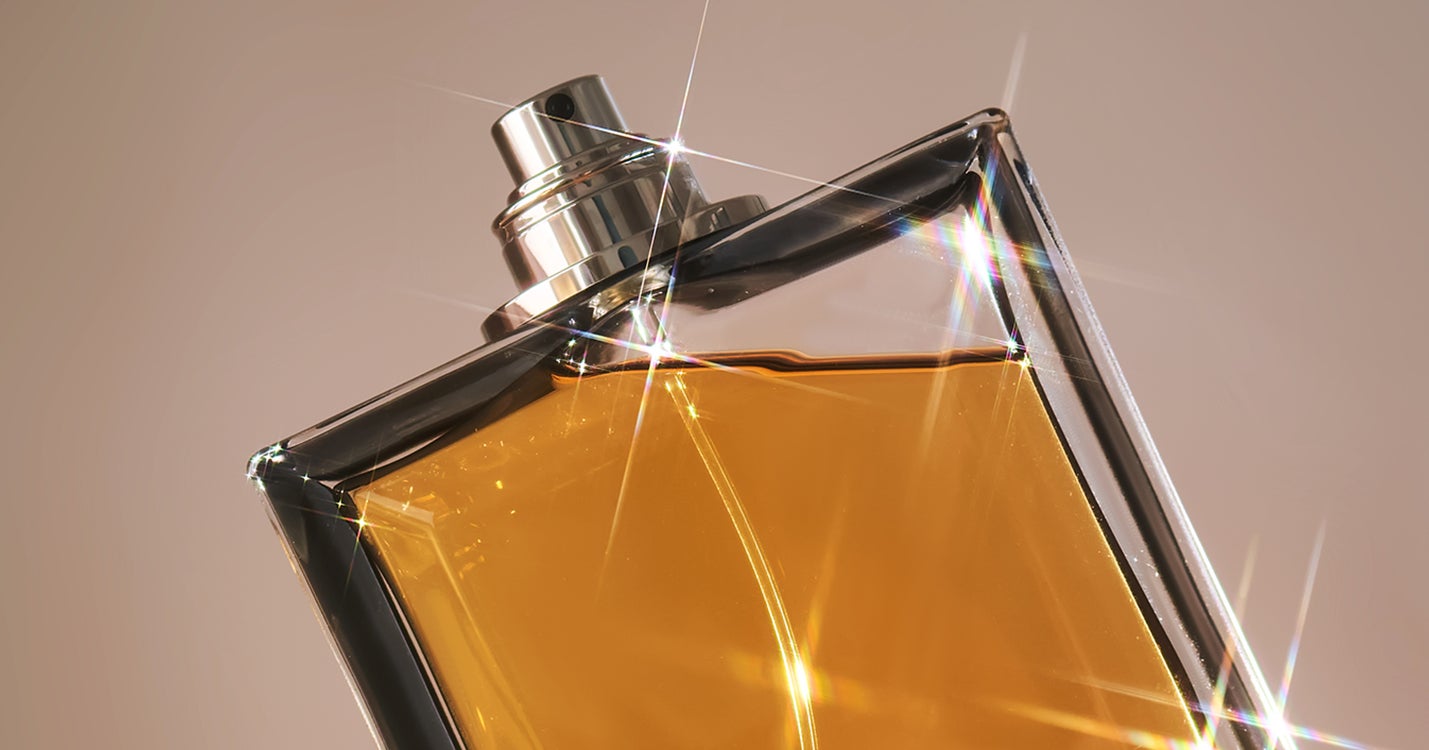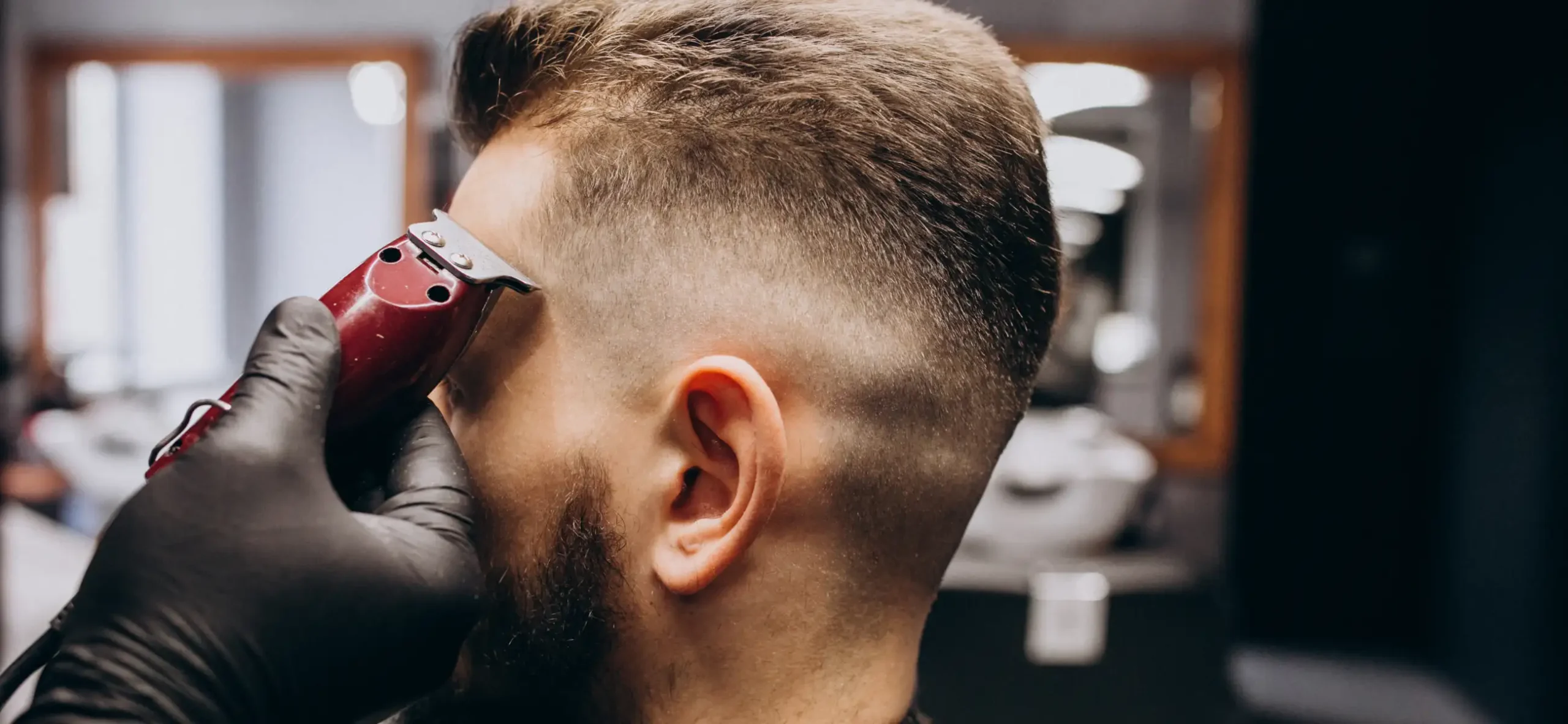The frequency of infills before getting a new set of nails varies. Typically, nail enhancements like acrylic or gel require infills every 2-3 weeks due to natural nail growth and the emergence of a noticeable gap. However, individual variables such as your nail growth rate, personal preferences, and the overall condition of your nails influence this timeline.
To ensure both aesthetic appeal and nail health, a new set is often recommended after several infills. For personalized guidance, it’s advisable to consult with a skilled nail technician who can assess your unique needs.
What are the infills on acrylic nails?
Acrylic nails are artificial extensions created by applying a mixture of acrylic powder and liquid onto your natural nails. Over time, as your natural nails grow, a noticeable gap can emerge between the cuticle and the acrylic extension. Acrylic nail infills are performed to bridge this gap, maintaining the cohesive look of your nails and preventing the need for a full set replacement.
How do infills on acrylic nails? Step-by-step guide
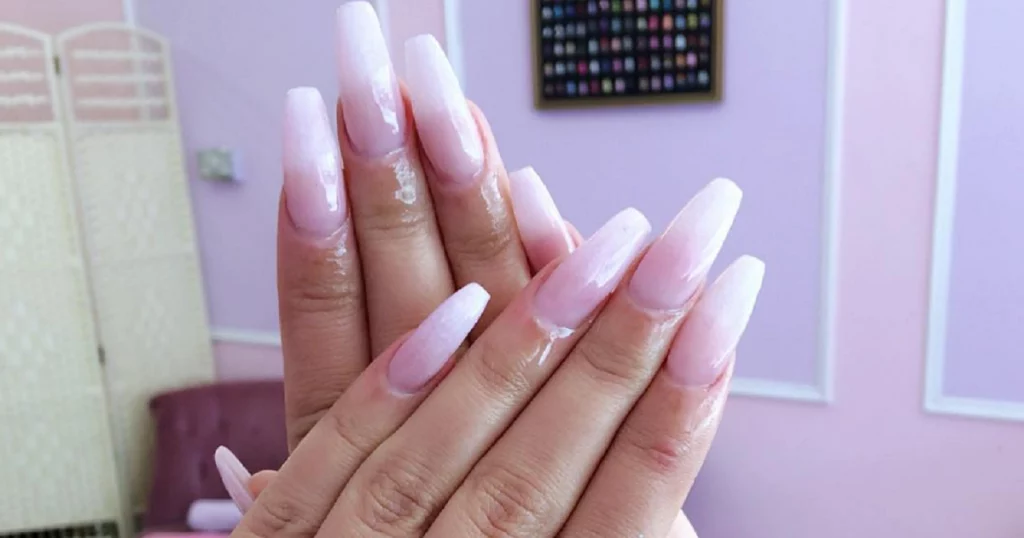
Performing acrylic nail infills at home demands careful attention, skill, and the right tools. Note that professional nail technicians are skilled in this process, but if you’re confident in your abilities, follow these detailed steps for acrylic nail infills:
Supplies You’ll Need:
- Acrylic nail kit (acrylic powder, liquid monomer, acrylic brush)
- Nail files of different grits (for shaping and finishing)
- Cuticle pusher
- Acetone or nail polish remover
- Nail buffer
- Fine-grit buffer block
- Lint-free wipes
- Cuticle oil or moisturizer
- UV lamp (if using gel products)
- Top coat and base coat (optional)
Step-by-Step Guide:
- Preparation
- Set up your workstation with good lighting and ventilation.
- Lay out all your tools and supplies for easy access.
- Remove Old Polish and Clean Nails
Use acetone or nail polish remover to thoroughly clean your nails, ensuring they’re polish-free and oils-free.
- Shape and File
Gently file and shape the existing acrylic nails to your desired length and shape. Be cautious to file appropriately to prevent damage.
- Cuticle Care
Use a cuticle pusher to gently push back your cuticles, creating a clean nail bed.
- Blending
With a fine-grit file, gently blend the area where the acrylic and natural nails meet. This helps create a smooth transition.
- Acrylic Application
- Dip your acrylic brush into the liquid monomer then into the acrylic powder to create a small bead.
- Apply the acrylic mixture to the regrowth area, gently pressing and sculpting it to match the existing nail shape.
- Sculpting and Shaping
Using the acrylic brush, shape and refine the acrylic to achieve the desired nail shape and thickness. Blend it seamlessly with the existing acrylic.
- Buffing and Smoothing
Use a nail buffer to gently smooth the surface of the acrylic. This helps remove any imperfections and creates a smooth canvas for polish.
- Cleaning and Moisturizing
- Wipe the nails with a lint-free wipe dipped in alcohol to remove any dust or debris.
- Apply cuticle oil or a moisturizer to nourish the cuticles and skin around the nails.
- Finishing Touches
- Apply a top coat for added shine and protection, if desired.
- Cure under a UV lamp if using gel products, following the manufacturer’s instructions.
Remember, acrylic application requires practice, so take your time and be patient. Overusing harsh chemicals like acetone can weaken acrylics, so use them judiciously. If you’re uncertain about performing infills at home, consider seeking guidance from a professional nail technician to ensure your acrylic nails remain healthy and well-maintained.
What to know before getting acrylic nails?
Before getting acrylic nails, it’s essential to be well-informed about the process, maintenance, and potential considerations. Here’s what you should know before getting acrylic nails:
- Find a reputable and experienced nail technician who specializes in acrylic nail application. Read reviews, check portfolios, and ask for recommendations.
- Acrylic nails are created by applying a liquid monomer and a powdered polymer onto your natural nails. The mixture hardens to create a strong, durable extension. Understand the steps involved in the process.
- Ensure your natural nails are in good condition before getting acrylics. Acrylic nails are best suited for healthy nails. If you have nail issues, consult a professional before proceeding.
- Some individuals may be allergic or sensitive to the chemicals used in acrylic nails. Perform a patch test if you’re concerned.
- Acrylic nails require regular maintenance, including fills every 2 to 3 weeks. Be prepared for the upkeep involved to keep your nails looking their best.
- Decide on the desired length and shape of your acrylic nails. Communicate your preferences clearly with your nail technician.
- Choose the design and color you want for your acrylic nails. Bring reference images to help your nail technician understand your vision.
- Acrylic nail application can take a couple of hours. Plan your schedule accordingly.
- Discuss proper nail care with your technician. Use cuticle oil regularly to maintain nail health and prevent lifting.
- Acrylic nails have a distinct odor during application due to the chemicals used. Some people may find this uncomfortable.
- If you decide to remove acrylic nails, give your natural nails time to recover before reapplying.
- Understand how acrylic nails are removed. Improper removal can damage your natural nails. You can choose to have them removed professionally.
- Acrylic nails come with an initial cost and ongoing maintenance expenses. Factor this into your budget.
- With proper care, acrylic nails can last several weeks. Be aware that their appearance may change over time.
- Acrylic nails can alter the sensation on your fingertips. If you experience pain, discomfort, or changes in sensation, consult your nail technician.
- Consider how acrylic nails might impact your daily activities, work, and personal preferences.
- Maintaining proper hand hygiene is essential, especially around the cuticles, to prevent infections.
By understanding these aspects, you can make an informed decision about getting acrylic nails and enjoy the process while ensuring the health and appearance of your natural nails.
How Often Should You Get a New Set of Acrylic Nails?
The frequency of getting a new set of acrylic nail infills varies based on several factors, including your natural nail growth rate, how well you care for your acrylic nails, and your preferences. On average, most individuals get a new set of acrylic nails every 2 to 3 months. Here’s a more detailed breakdown:
- Natural Nail Growth Rate
As your natural nails grow, a gap between the cuticle and the acrylic extension becomes more noticeable. The rate at which your natural nails grow will influence when you need a new set.
- Maintenance and Infills
Regular infills can extend the time between needing a completely new set. Infills, which are usually recommended every 2 to 3 weeks, address the gap near the cuticle area and maintain the appearance of the acrylic nails.
- Lifestyle and Activities
Your daily activities and how you use your hands can impact the wear and tear on your acrylic nails. If you engage in tasks that expose your nails to water, chemicals, or physical stress, consider more frequent new sets or infills.
- Nail Health
If your acrylic nails are experiencing excessive lifting, breakage, or signs of damage, it’s a sign that you might need a new set sooner to maintain their integrity.
- Personal Preference
Some individuals prefer to have a consistently fresh and uniform look, and they may choose to get a new set more often.
- Special Occasions
Many people opt for a new set of acrylic nails for special events, vacations, or important occasions to ensure their nails look flawless.
- Giving Nails a Break
Periodically giving your natural nails a break from acrylic extensions can promote nail health and prevent weakening.
What’s the best way to make acrylic nails last?
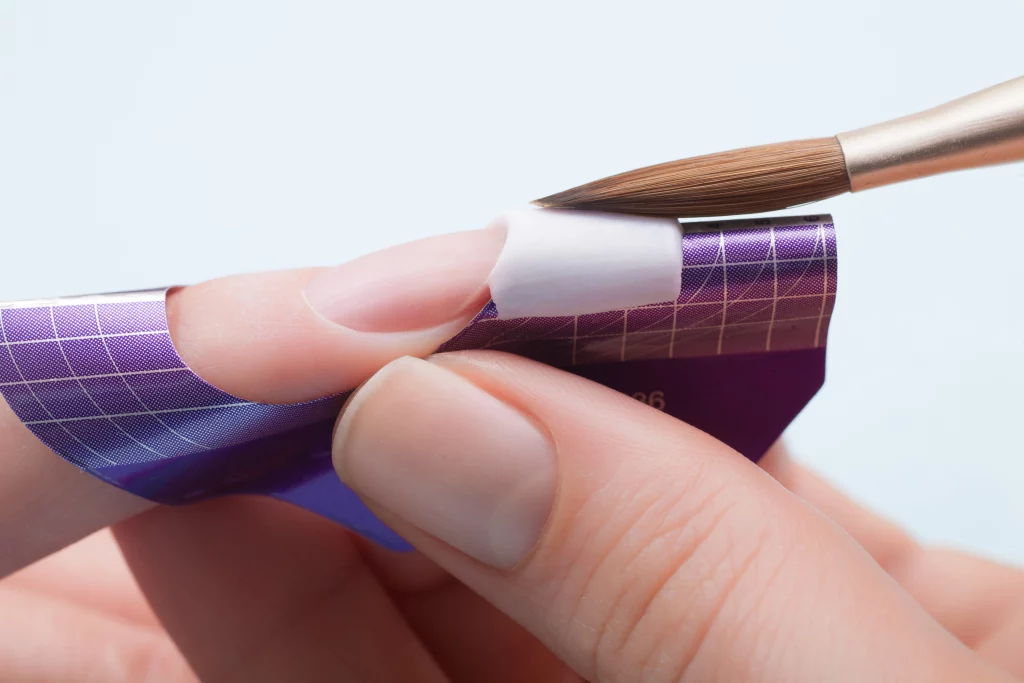
To make acrylic nails last as long as possible, follow these best practices for care and maintenance:
- Start with a skilled and experienced nail technician who can provide a proper acrylic application, ensuring a strong bond between your natural nails and the acrylic extensions.
- Healthy natural nails serve as a solid foundation for acrylics. Keep them clean, moisturized, and trimmed. Consider taking biotin or nail-strengthening supplements to enhance their strength.
- Ensure your natural nails are thoroughly cleaned, oil-free, and slightly buffed before applying acrylics. This helps the acrylic adhere better and reduces the risk of lifting.
- Invest in high-quality acrylic products from reputable brands. Quality products contribute to better adhesion and overall durability.
- Excessive water exposure can lead to lifting. When doing tasks involving water, wear protective gloves to shield your acrylic nails.
- Treat your acrylic nails gently to prevent unnecessary stress. Avoid using them for tasks like opening packages or prying objects, which can lead to breakage.
- Moisturize your cuticles and the surrounding skin with cuticle oil daily. Well-hydrated cuticles help maintain flexibility and overall nail health.
- Shield your nails from harsh chemicals and acetone-based removers. Wear gloves when dealing with cleaning products or potentially damaging substances.
- Stick to a schedule of infills every 2 to 3 weeks. Regular maintenance prevents regrowth gaps lifting and maintains a polished appearance.
- Refrain from biting or picking at your acrylic nails. Such habits can lead to damage and lifting. If you need to reshape or smooth the nails, use a fine nail file.
- High heat can soften acrylics, making them susceptible to bending. Be cautious around hot objects and protect your nails accordingly.
- Using a nail hardening polish as a top coat can provide an extra layer of protection, reducing the risk of chips and scratches.
- Perform routine checks for signs of lifting, cracks, or damage. Address any problems promptly to prevent further issues.
- Keep your nails and surrounding skin moisturized with lotion or oil to maintain their flexibility and prevent dryness.
- Occasionally, let your natural nails breathe by taking breaks between acrylic sets. This promotes natural nail health and prevents weakening.
- If you decide to remove your acrylic nails, have it done by a professional to avoid damaging your natural nails.
By following these steps diligently, you can enjoy long-lasting acrylic nails that look beautiful and maintain their structural integrity. Consistent care, proper maintenance, and a commitment to nail health are key to achieving the best and most enduring results.
What Is The Difference Between A Fill And A Full Set
Certainly, here’s a table-based comparison between a “Fill” and a “Full Set” for acrylic nails:
| Aspect | Fill | Full set |
| Purpose | Address regrowth to maintain acrylic nails’ look. | Begin afresh with new acrylic design or length. |
| Timing | Typically required every 2-3 weeks to maintain appearance. | Done initially or for substantial design alterations. |
| Process | Remove lifting, add new acrylic to regrowth, reshape, refine, and finish. | Craft entirely new nail extensions, shaping as desired. |
| Focus | Maintain overall nail aesthetics and prevent lifting. | Achieve desired nail length, shape, and design. |
| Frequency | Regular maintenance procedure. | Occasional procedure, not as frequent as fills. |
| Nail Health | Promote the health of natural nails while sustaining the acrylic. | Emphasize the aesthetics of the acrylic nails. |
| Cost | Generally less expensive than a full set. | Initial investment might be higher for full set creativity. |
| Application Time | Quicker procedure due to partial work. | May take longer due to comprehensive application. |
| Variety | Limited alteration to existing acrylic design. | Opportunity for complete creative transformation. |
Both fill and full sets offer unique benefits, whether you’re looking to maintain your current look or explore new nail art possibilities.
FAQs
How long does an acrylic nail fill-in take?
The duration of an acrylic nail fill-in typically ranges from 45 minutes to an hour. During this process, the technician removes lifting, blends new acrylic into the regrowth area, sculpts and shapes the nails, and finishes with buffing and polishing. The exact time may vary based on nail condition and design complexity.
Should I get a fill or a new set?
Deciding between a fill and a new set of acrylic nails depends on your needs. If you have minimal regrowth and want to maintain your current design, a fill is suitable. Opt for a new set if you desire a different length, shape, or design overhaul. Consult a nail technician for personalized guidance.
Final verdict
Embark on a journey through the realm of acrylic nails, where maintenance meets creativity. Learn the art of infills and the allure of a fresh set. Uncover the nuances between fills and full sets tailored to your style. With experts at your side, dive into the acrylic nail world while safeguarding nail health.
Unlock the door to personalized beauty adorned with acrylic artistry. Remember, skilled care is paramount. Consult professionals, express your style, and revel in acrylic elegance. Illuminate your nails, embrace the journey, and let your unique radiance shine.






